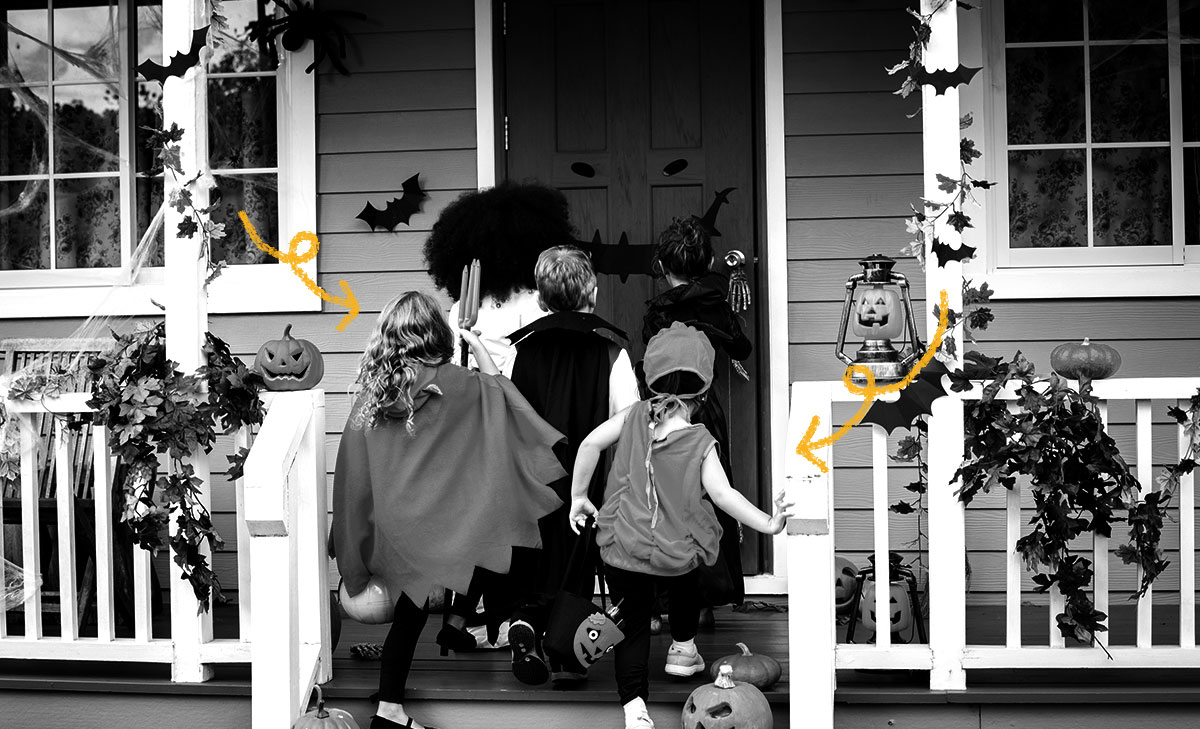It’s almost Halloween, so today we are taking a look at the history of trick-or-treating! The practice has its roots in a Celtic tradition. The Celts believed that during the transition from one year to the next, the realm of the living and the dead would overlap and allow demons to roam freely. To protect themselves, people would dress up as demons to trick the demons into thinking they were one of them (and therefore not worth attacking). When the Catholic Church gained power during the Middle Ages, they turned the tradition into “guising” – children and sometimes poor adults would dress up in costumes and go door to door begging for food or money in exchange for songs or prayers for the dead. The practice did not re-emerge until trick-or-treating began to gain traction in America around the 1930s. The earliest mention of the modern term “trick-or-treat” dates to the early 1920s, when several Canadian newspapers used it. The earliest known usage in America dates to a 1928 article published in Michigan’s Bay City Times. The practice paused briefly due to rationing during World War II, but started up again full force in the postwar era and has been going strong ever since.

Your go-to guide for weird history facts
Subscribe to the FREE daily email that makes learning about history fun.


